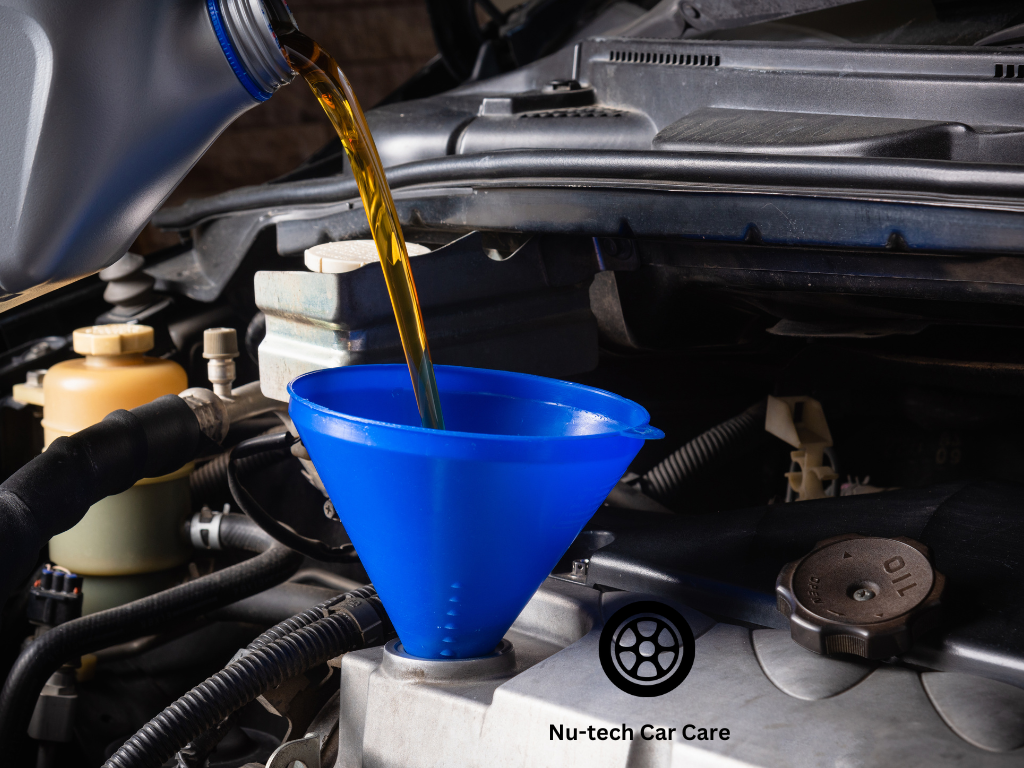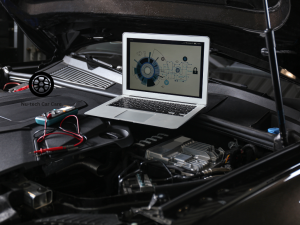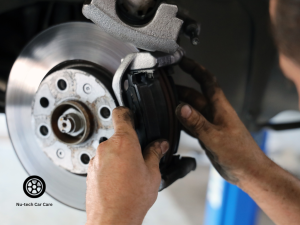A logbook for cars is more than just a record—it’s a detailed service history that tracks all essential car maintenance performed on a vehicle. Each time a mechanic services the car, they update the logbook for cars with details of what was checked, replaced, or repaired.
This history is important for tracking wear and tear, ensuring that scheduled log book servicing is completed on time. By following the manufacturer’s recommended service intervals, car owners can prevent minor issues from becoming expensive repairs.
Why Regular log book servicing Extends the Life of Your Vehicle
Skipping log book servicing might seem like a way to save money, but it can lead to bigger and costlier problems. Regular servicing ensures that vital components like engine oil, brakes, and filters are inspected and replaced when needed.
A car that receives timely car maintenance runs more efficiently, performs better, and lasts longer. Over time, oil sludge buildup, worn-out brakes, and neglected filters can reduce a vehicle’s lifespan. But with routine car log book service, these small issues are caught early, keeping the car in excellent condition.
The Role of a Logbook for Cars in Warranty Protection

How a logbook car Helps Maintain Manufacturer Warranty
New cars come with a manufacturer’s warranty, but to keep it valid, owners must follow the required log book servicing schedule. This means taking the car to a qualified mechanic and ensuring that all maintenance tasks are logged correctly.
If a car owner skips a car log book service, the manufacturer may refuse to cover certain repairs under warranty. Keeping a detailed logbook for cars ensures that every service is recorded, proving that the car has been maintained as required.
What Happens If You Skip a car log book service?
Ignoring log book servicing can lead to warranty cancellation, expensive repairs, and poor vehicle performance. Without regular car maintenance, problems like engine failures, brake issues, and transmission faults can develop.
If a warranty claim is needed, the manufacturer may ask for proof of log book servicing. If the logbook is incomplete or missing service records, the claim could be denied. This means car owners will have to pay out of pocket for repairs that could have been covered.
Car Maintenance Checklist: What’s Included in a Log Book Service?
Key Components Checked During a log book servicing Appointment
A log book servicing appointment is different from a basic oil change. It’s a thorough vehicle inspection that follows the manufacturer’s guidelines. A qualified mechanic will check and service critical components to ensure the car runs safely and efficiently.
Some of the key tasks completed in a car log book service include:
- Engine oil and filter replacement to keep the engine clean and running smoothly.
- Brake system inspection to ensure safe stopping power.
How Regular car maintenance Prevents Unexpected Breakdowns
Routine car maintenance is the best way to avoid sudden mechanical failures. A car that is serviced regularly is less likely to break down unexpectedly, reducing the risk of being stranded on the road.
For example, a mechanic might notice worn-out brake pads or low coolant levels before they cause a major issue. Addressing these problems early prevents expensive repairs and ensures a safer driving experience.
The Benefits of Following a Log Book Servicing Schedule

How a Well-Maintained logbook for cars Improves Resale Value
Keeping a detailed logbook for cars can make a big difference when selling a vehicle. Buyers prefer cars with a full service history, as it shows that the car has been properly maintained. A well-documented log book servicing record reassures potential buyers that the vehicle has been regularly inspected and any issues have been addressed on time.
When a logbook car has consistent records of car maintenance, it stands out in the market. A car with proof of servicing is often valued higher than one without records, making it easier to sell at a better price.
Why Proper car care Saves Money on Repairs in the Long Run
Skipping log book servicing can lead to expensive repairs later. Minor issues that go unchecked can turn into major mechanical failures. Regular car care helps catch problems early, preventing breakdowns and reducing costly fixes.
For example, replacing worn brake pads during a scheduled car log book service is much cheaper than waiting until they damage the rotors. Following a logbook for cars ensures that the car stays in top condition, avoiding unexpected expenses and keeping maintenance costs manageable.
Choosing the Right Mechanic for Log Book Servicing
Why a Certified Mechanic is Essential for a Valid logbook car Record
Not all mechanics are qualified to perform log book servicing. To maintain a valid logbook car record, a certified mechanic must carry out the service according to the manufacturer’s guidelines. This ensures that all car maintenance tasks are done correctly and that the warranty remains valid.
Choosing a licensed professional also guarantees that the car log book service includes genuine parts and manufacturer-approved procedures. This is important for the longevity of the car and for keeping a logbook for cars up to date.
How to Ensure Your car log book service Meets Manufacturer Standards
To confirm that a car log book service meets all requirements, car owners should:
- Check the logbook entry after each service to make sure all details are recorded.
- Ask the mechanic about the work done and if any upcoming maintenance is needed.
If any part of the log book servicing is skipped or done incorrectly, it could affect the car’s performance and resale value. That’s why it’s important to choose a qualified and experienced professional for every service.
Logbook Servicing vs. General Car Maintenance: What’s the Difference?

How log book servicing is More Than Just an Oil Change
Many people think that log book servicing is just about changing the oil, but it includes a complete vehicle check. While general car maintenance can be done at any time, log book servicing follows a strict schedule set by the car manufacturer.
During a logbook car service, mechanics inspect key components such as the brakes, suspension, battery, and fluid levels. They ensure that the car meets safety and performance standards, making log book servicing a more detailed and structured process than regular maintenance.
Why Skipping a logbook for cars Entry Can Lead to Long-Term Issues
A missing logbook for cars entry can create problems down the road. If a service is skipped, minor mechanical issues may go unnoticed, leading to expensive repairs later. Additionally, an incomplete service record can reduce the resale value of the car.
Without proof of car log book service, buyers and dealerships may assume the car hasn’t been properly maintained. This can make it harder to sell or trade in. Following a log book servicing schedule ensures that every maintenance task is documented, protecting both the car and its future value.










